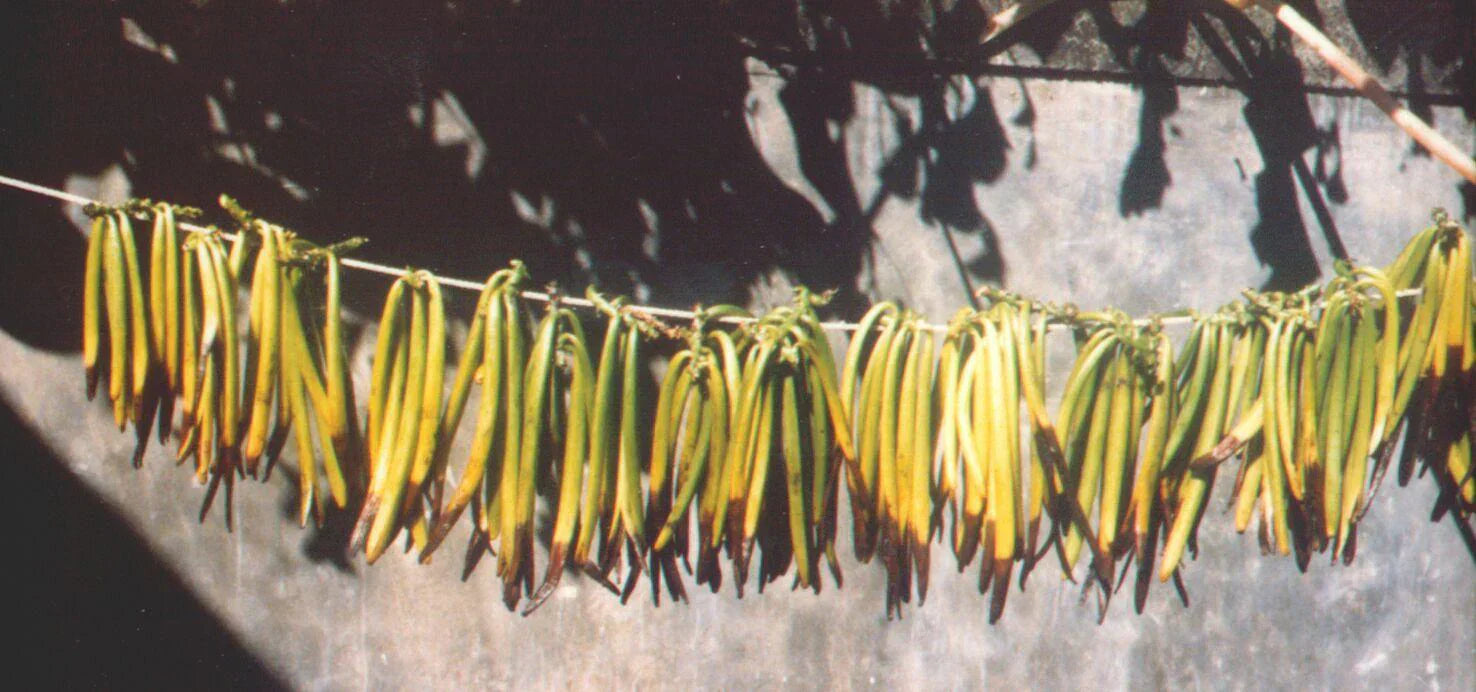
What You Need to Know About Vegetable Tanning
Written by Cecilia Otero on August 10th 2020
Vegetable tanning is an ancient method of creating beautiful, long lasting leather that is distinguished by its durability and craftsmanship. But what exactly makes it so special?
First things first- What is leather tanning?
Leather tanning is the process of treating raw animal hides with tannins (a chemical substance) to prevent them from breaking down and developing bacteria. Leather is an organic material after all, meaning it’s susceptible to decomposition. Tanning prevents this.
Vegetable tanning refers to the use of organic tannins, derived from plant matter like tree bark and olive leaves, as opposed to artificial chemicals.

Vegetable tanning is old… Like, really old.
Leather has been an integral part of human life for thousands of years, with the first record of vegetable tanned leather dating back to 500 B.C. While other methods were used back then, vegetable tanning is the only one to survive the test of time.
This is thanks to the exceptional quality of the finished product- Vegetable tanned leather continues to be renowned for its handsome finish and supple texture.
Vegetable Tanning is an artform.
Today, the process of vegetable tanning is considered a fine artisan tradition. Recipes and methods are passed down from generation to generation, with specific approaches differing worldwide.
From ancient Egyptian tools, to Mexican huarache sandals, to luxury Italian bags, vegetable tanning is a time-tested custom that never fails to produce amazing results.
Vegetable Tanning is a core element of slow fashion in the leather industry.
Fast fashion refers to “...low-priced clothing that is brought to market quickly and copies fashion trends created by luxury brands”. In other words, it’s a system that places quantity over quality.
In recent years, fast fashion has faced criticism for its impact on human sustainability and the environment.
Vegetable tanning is environmentally and ethically sustainable.
There are two main methods of tanning used today. Vegetable tanning and chrome tanning. The differences between the two are glaring.
Vegetable Tanning:
- Slow, articulate process (Can take up to 30 days.)
- Relies on quality and skill
- Uses organic, naturally sourced tannins
- Often sourced from local artisans
- Biodegradable
Chrome tanning:
- Quick, cheap process (Takes 1 to 2 days.)
- Relies on machinery and automation
- Uses artificial chromium tannins
- Often sourced from sweatshops abroad
- Nonbiodegradable
Think about it this way- Vegetable tanning corresponds to slow fashion, while chrome tanning corresponds to fast fashion.
Chrome tanning can lead to severe environmental and human rights issues, as toxic chemicals may leak into waterways and pollute impoverished neighborhoods.
Many groups are now calling for a complete ban on chrome tanning.
Accordingly, vegetable tanning is seeing a new rise in popularity.
Brands like Espiritu ensure high quality and sustainable leather for their huarache sandals by sourcing it from artisan vegetable tanneries.
Vegetable Tanned Leather is just plain high quality.
There are three main factors to take into consideration when you’re looking for high quality leather: Versatility, durability, and craftsmanship.
As far as versatility goes, vegetable tanned leather is typically preferred by craftsmen for its firm and resilient texture. It’s stronger than other leathers, which makes it gratifying to work with.
Notebooks, wallets, jackets, gun holsters, belts, and huarache sandals make up just a fraction of vegetable tanned leather products.
Speaking of huarache sandals, another benefit of vegetable tanned leather is its extreme durability. The Indigenous peoples of northern Mexico have relied on handcrafted vegetable tanned huarache sandals for centuries. They’re worn for every aspect of life, including marathon running. Yes, you read that right.
When you get down to it, the artistry of vegetable tanned leather is simply superior to that of any other type. The care and craftsmanship that goes into this process results in a leather that is nothing short of exquisite.
Vegetable tanned leather is well-known for its deep earthy tones and lithe texture. It ages beautifully too, with each piece developing its own unique patina as it matures. Not to mention that rich aroma that can only be achieved through vegetable tanning.
So the next time you’re searching for quality leather, make sure you know how it’s being tanned.



